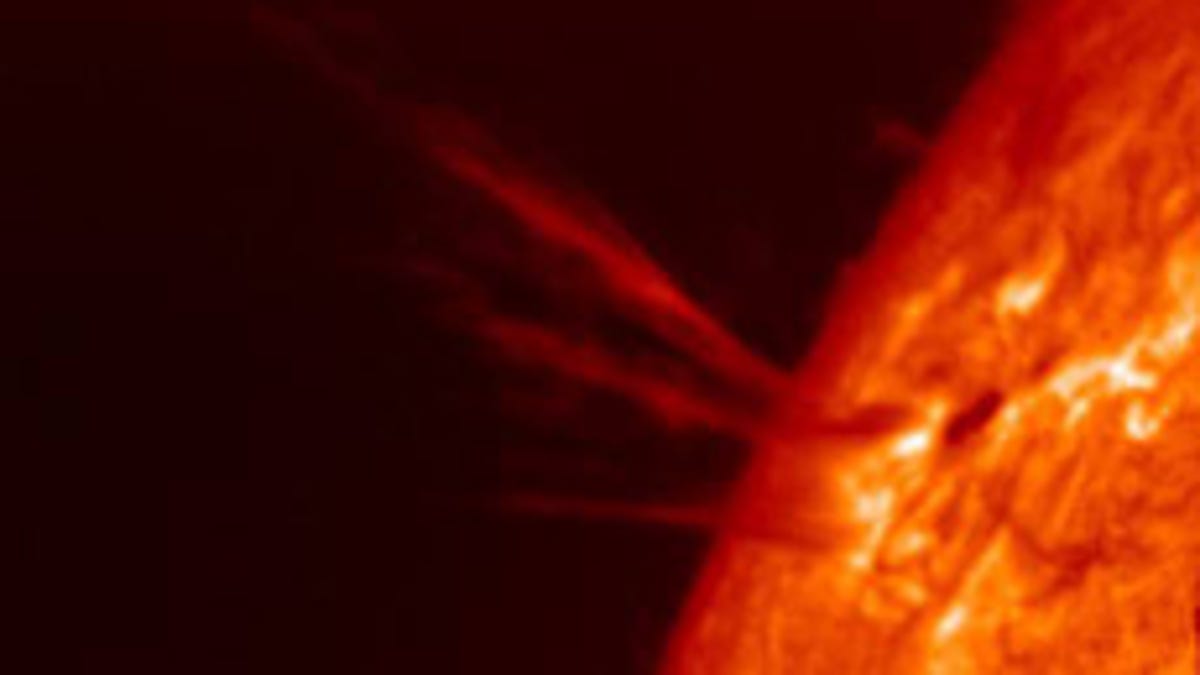GPS services eclipsed by the sun
Solar flares can knock out navigation systems

Solar flares have long been known to muck with some of our networks, namely satellites, communications systems and even power grids. Now we can add a new vulnerability to that list: navigation systems.
Scientists at the National Oceanic and Atmospheric Administration say they observed two powerful solar flares in December of last year. Those were followed by a huge radio burst that knocked out GPS receivers on the sunlit side of the planet. The burst produced 20,000 times more radio emission than the entire rest of the sun, according to scientists at the New Jersey Institute of Technology.
"The size and timing of this burst were completely unexpected and the largest ever detected," one researcher at MIT said in NOAA's statement. "We do not know how often we can expect solar radio bursts of this size or even larger."
But fear not. NASA's on the case. Late last year, the space agency launched two twin robots that will map the geography of the sun and monitor coronal mass ejections. NASA hopes a better understanding of solar storms like the one reported in December will help mitigate their effects on astronauts in space, as well as our satellite, communications--and now navigation--systems.

